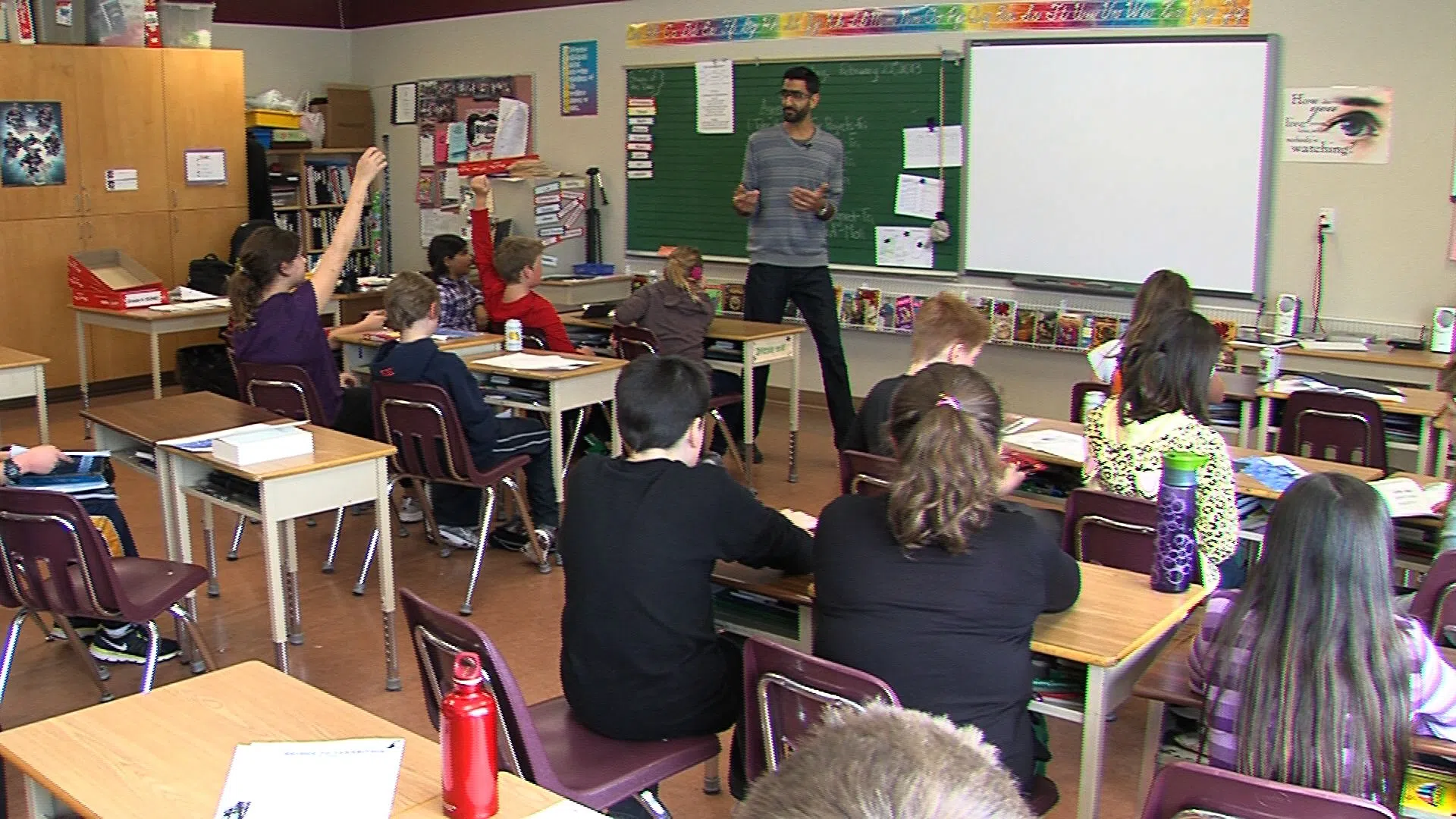
School board to enter negotiations over spring break
KAMLOOPS — The Kamloops-Thompson school board will be entering negotiations with teachers and CUPE support staff to decide once and for all whether there will be a one week spring break or two.
Currently, teachers and students get two weeks off during the March break, but that is only on a trial basis.
At Monday evening’s Board of Education meeting school trustees voted 6-3 in favour or reverting to a one week break, but it is not a permanent solution.


